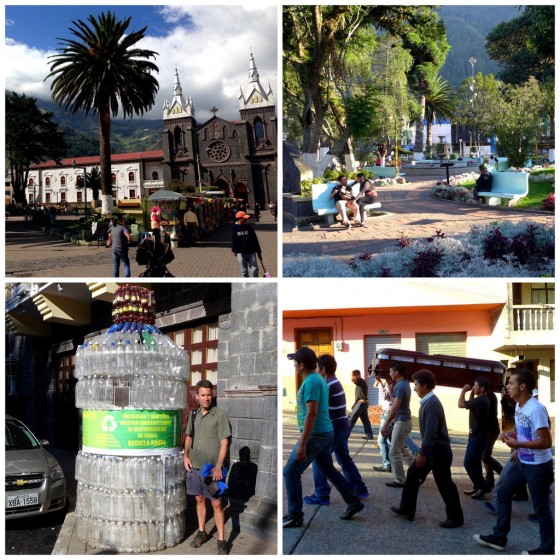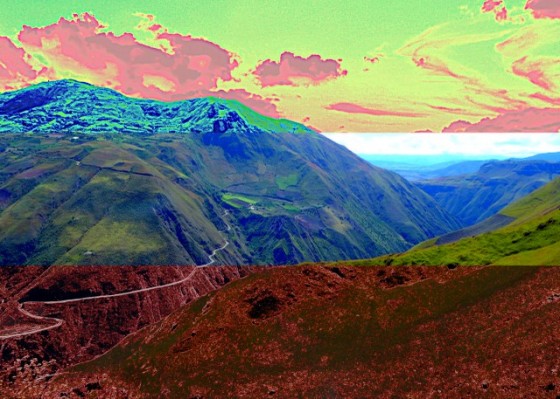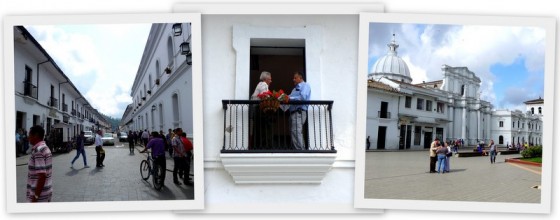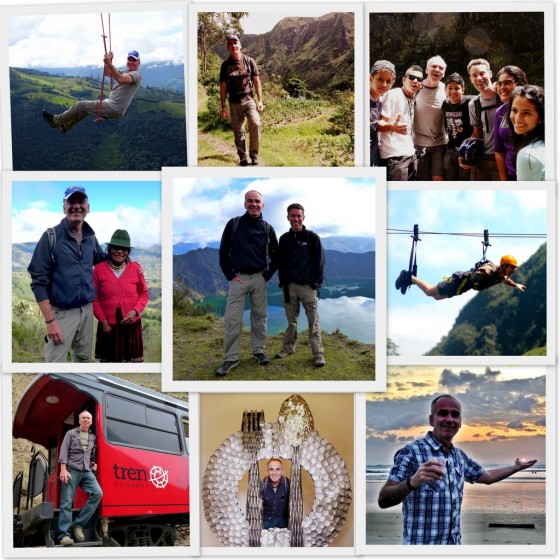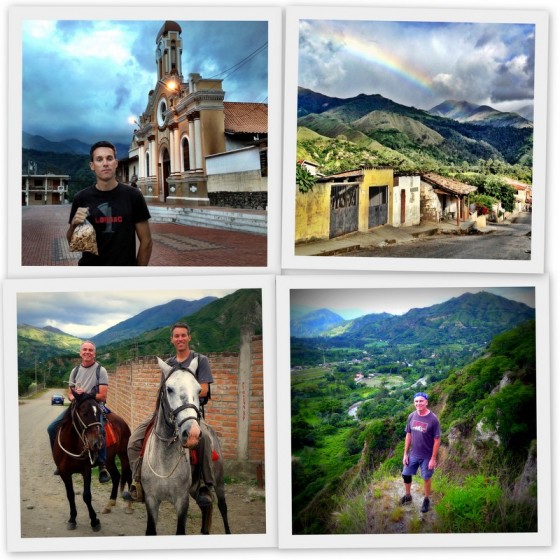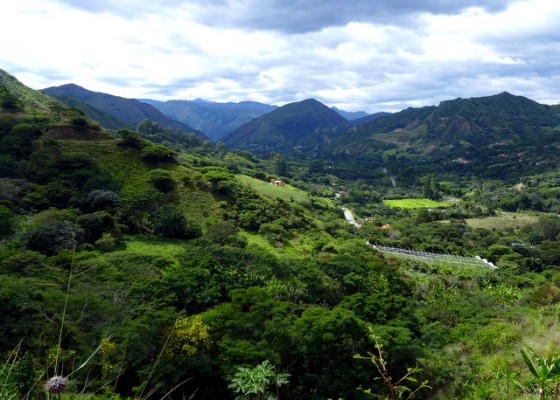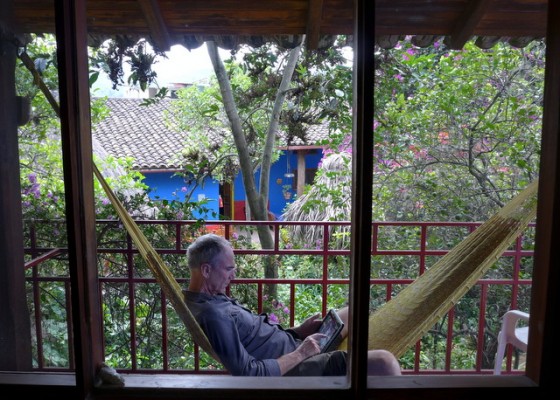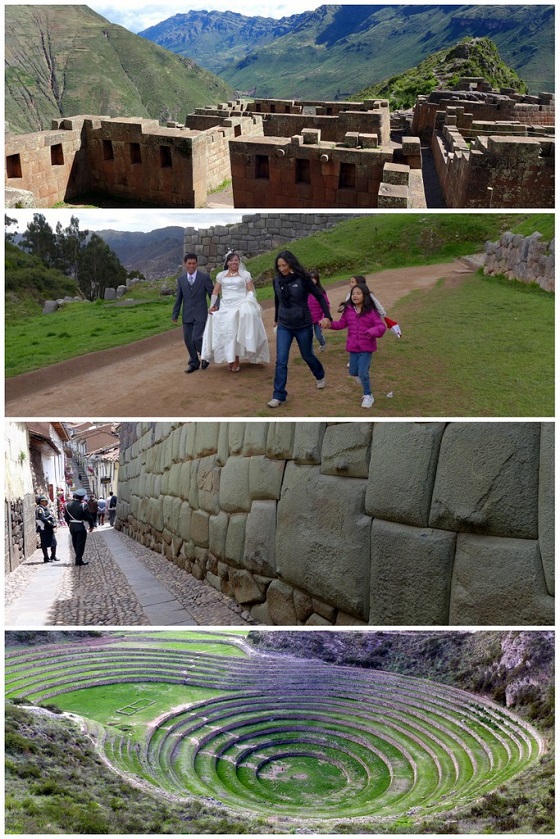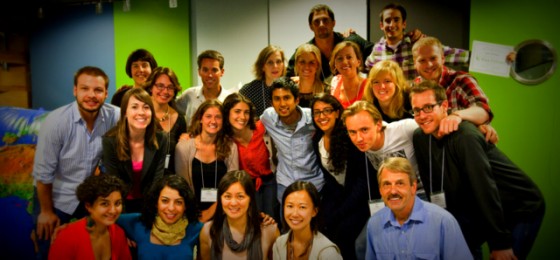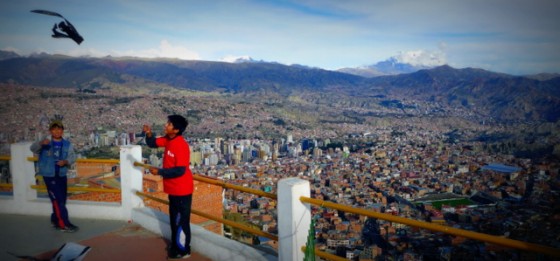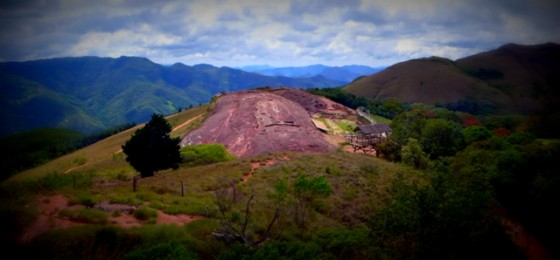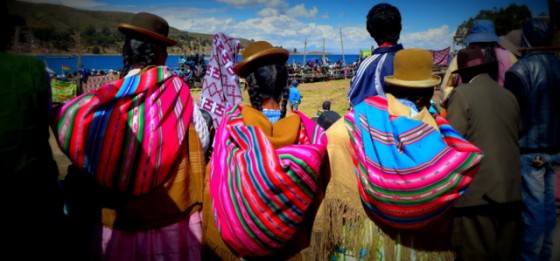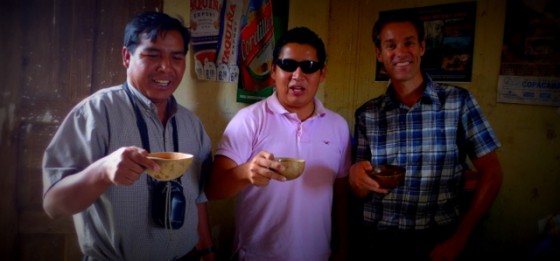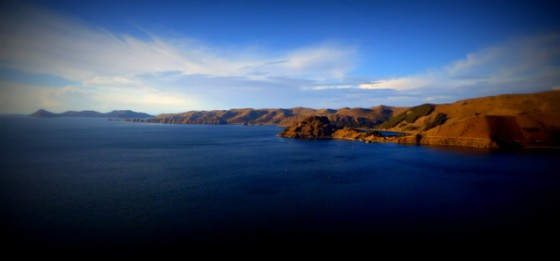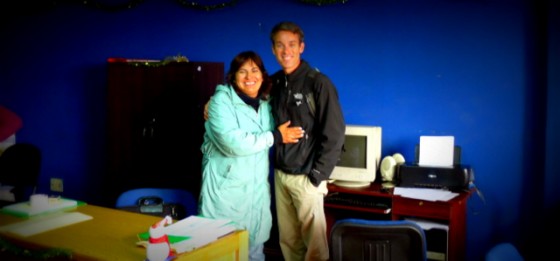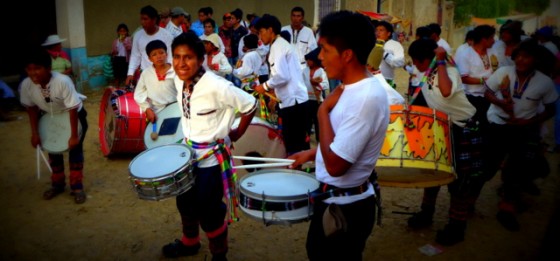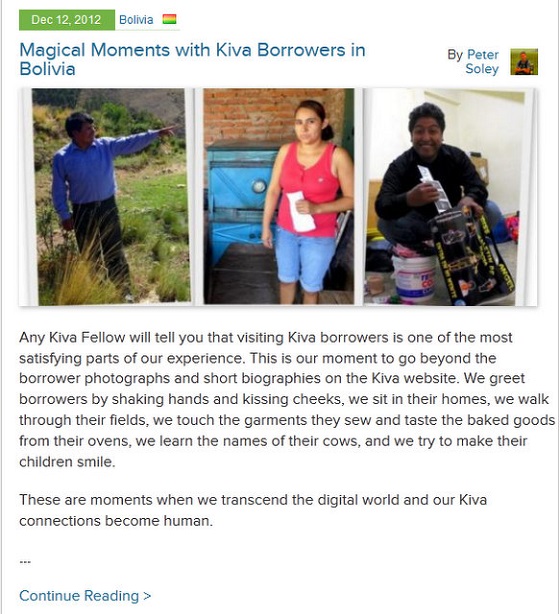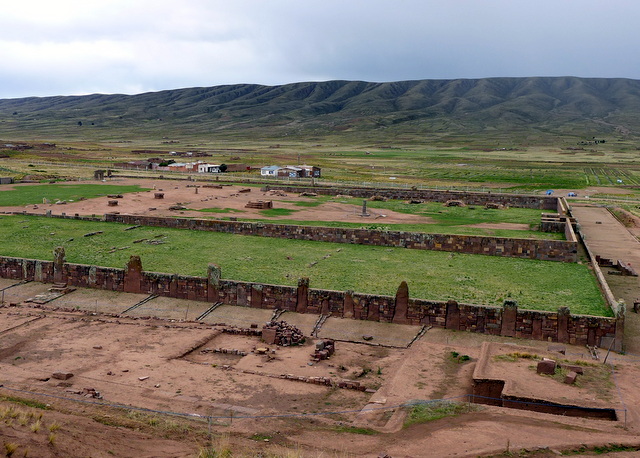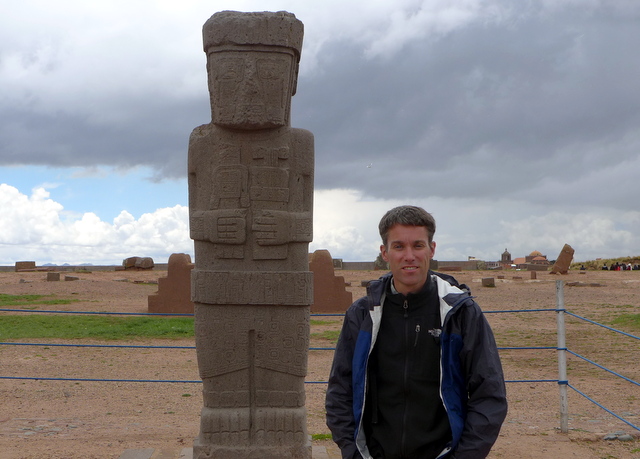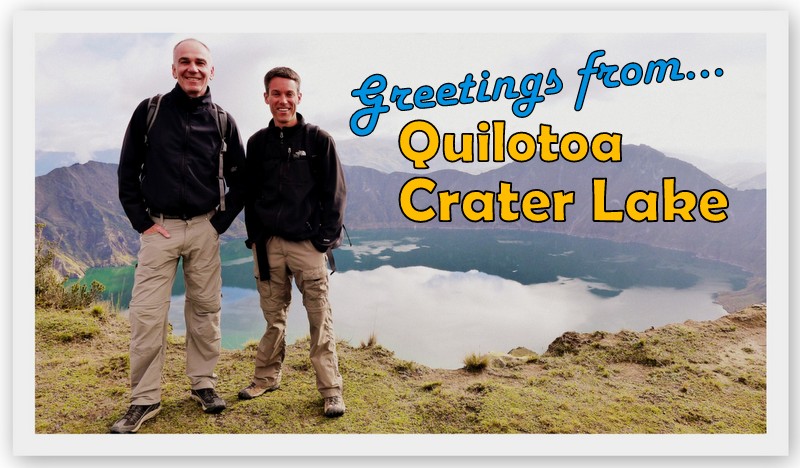
Flipping through the pages of Lonely Planet Ecuador we found a short segment on the Quilotoa Loop, a walking circuit in the central Andean highlands. Eager to leave the tourist-heavy main corridor of the Panamericana highway, this was right up our alley. Offering energetic walks through attractive valleys and nights in isolated Kichwa-speaking villages, this outdoor Ecuadorian excursion reminded us of our gratifying rambles in the UK and Ireland.
So we dumped our heavy stuff in storage at our friendly hostal in Latacunga and set off with light backpacks on a bus bound to Zumbahua. There we found a large crowd awaiting the appearance of Rafael Correa, the socialist president campaigning for his third term.
He’s wildly popular among Ecuador’s indigenous voters: he learned Kichwa (the dominant local language) and has systematically backed strong social programs and public works since he took office in 2007. Fortunately there are sufficient funds to implement these changes since the new constitution guarantees that 85% of proceeds from Ecuadorian resources stay in the country (rather than 15% previously) – much to the chagrin of large multinational companies.
Correa is part of a growing group of popular and pragmatic leftist leaders taking root in Latin America in the last decade, known as the Pink Tide, which rejects the “Washington consensus” policies of unchecked open markets and rampant privatization. Widely expected to win by a landslide, Correa is already the longest-serving Ecuadorian president in more than a century. The current political and economic stability offers enormous hope and optimism for a large part of previously disenfranchised Ecuadorians.
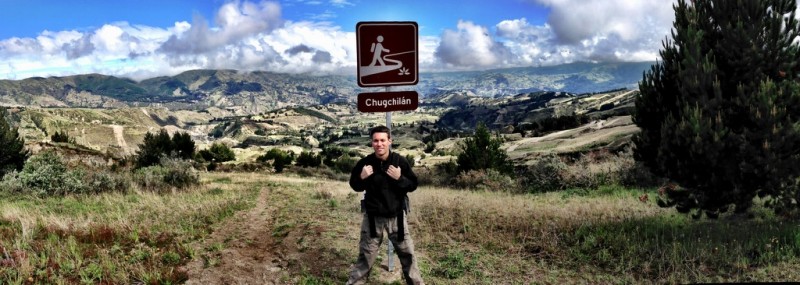
Our first stop was in Quilotoa, a settlement on the rim of Volcán Quilotoa with its stunning turquoise crater lake. We spent the night with other walkers from Germany, Australia, the United Kingdom and Brazil, sharing a hearty family-style meal. We love these kinds of hostales where meeting fellow travelers is easy and conversations flow breezily. It was chilly on the rim at nearly 4000 m (13,000 ft) but the camaraderie warmed our hearts.
Greeted with sunshine the next morning, we explored the lake and walked along the rim towards Chugchilán. All the small villages along the route have somewhat tongue-tricky names (such as Isinliví and Saquisilí) so we found it easier to refer to them by first letter (i.e. “I-town” and “S-town”).
Continue reading “Ecuadorian Excursion: The Quilotoa Loop”

